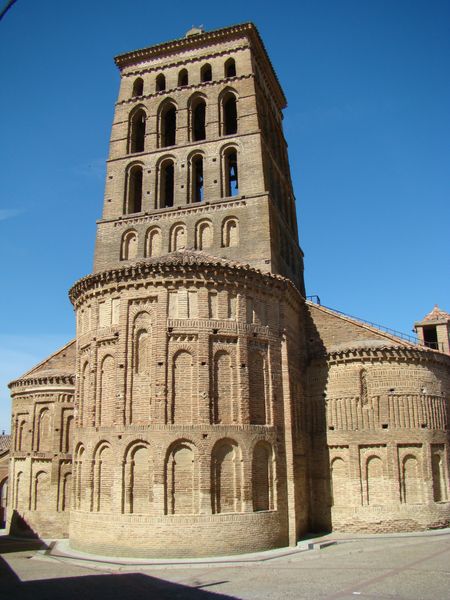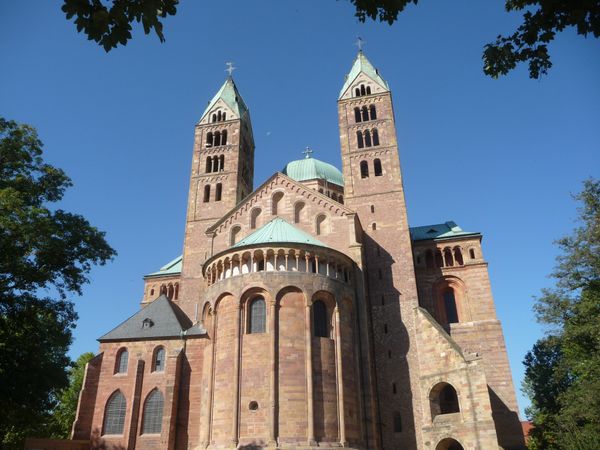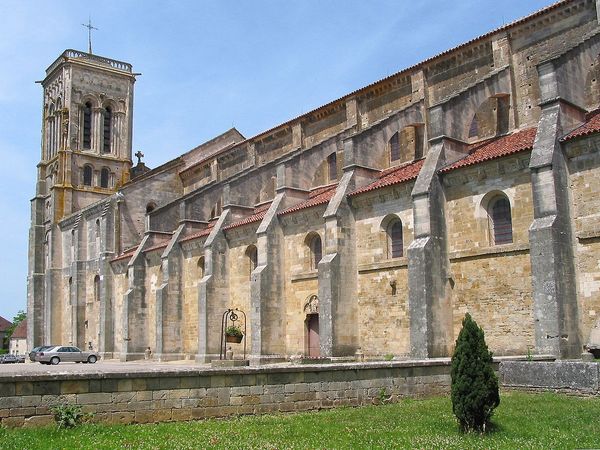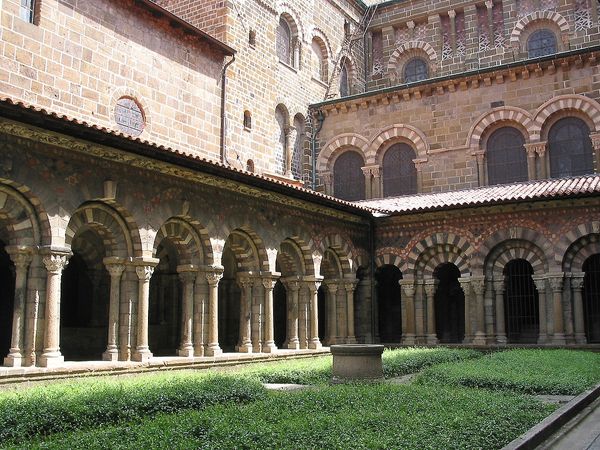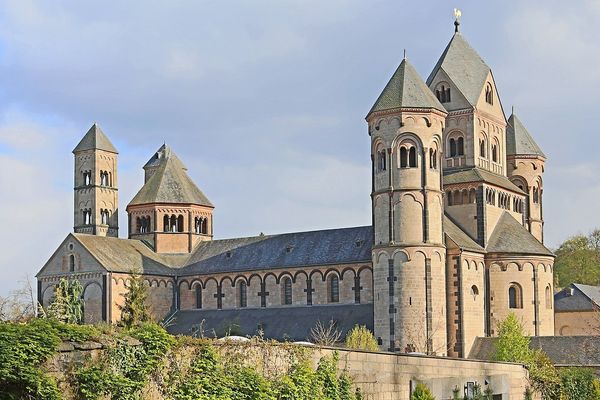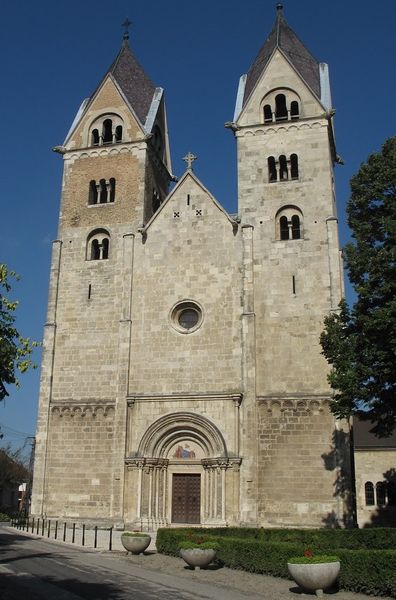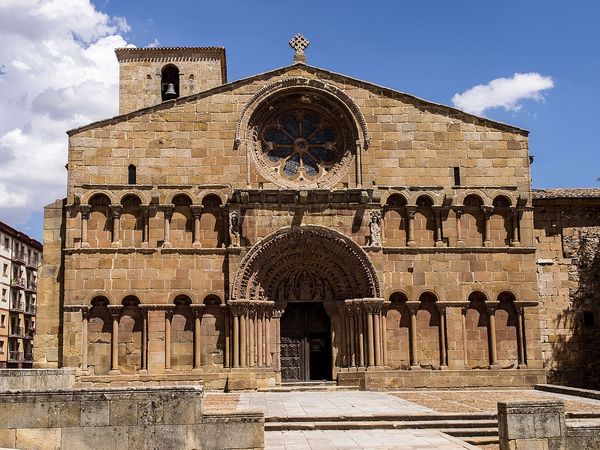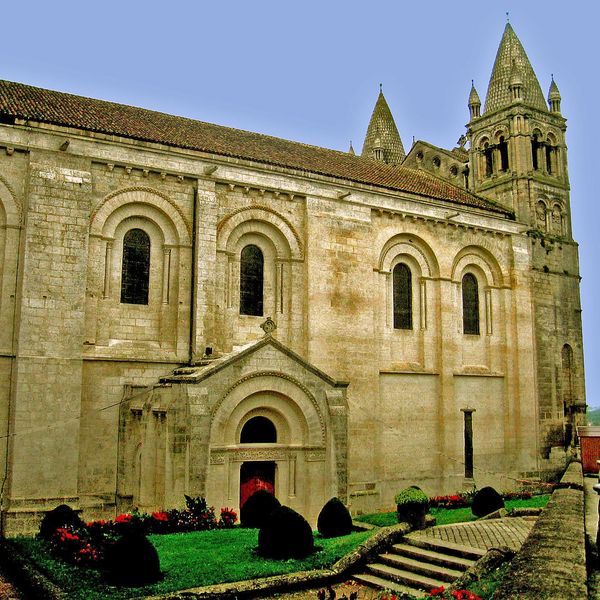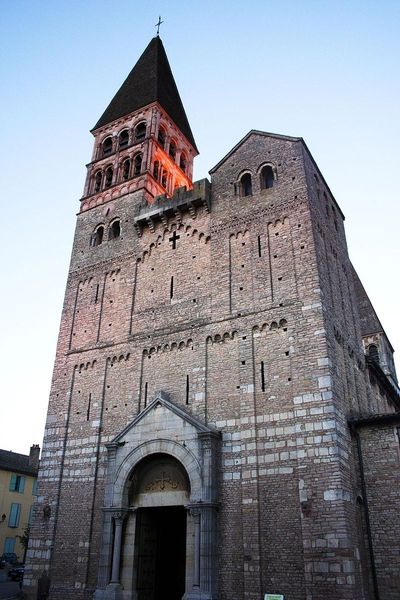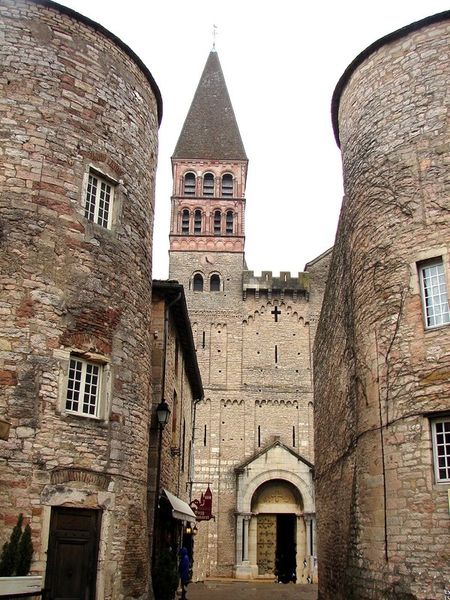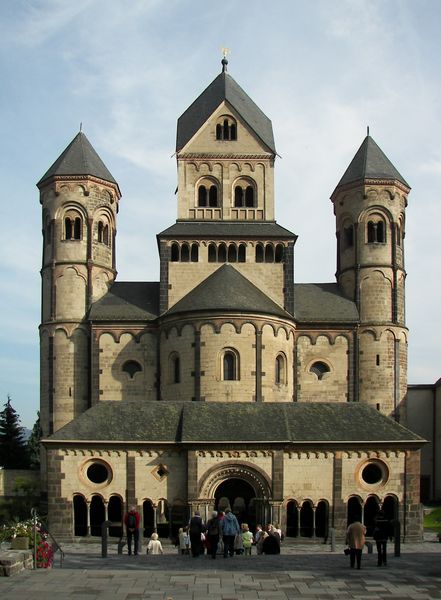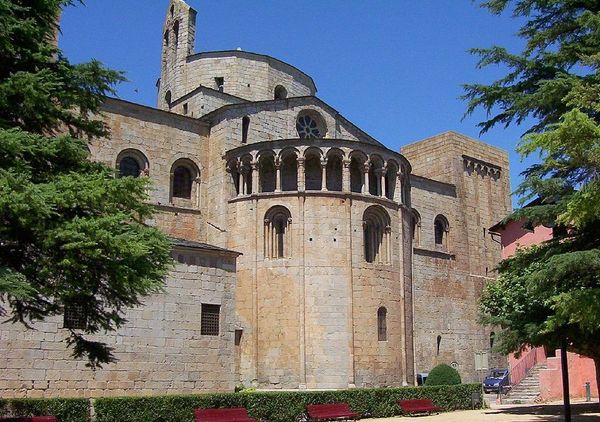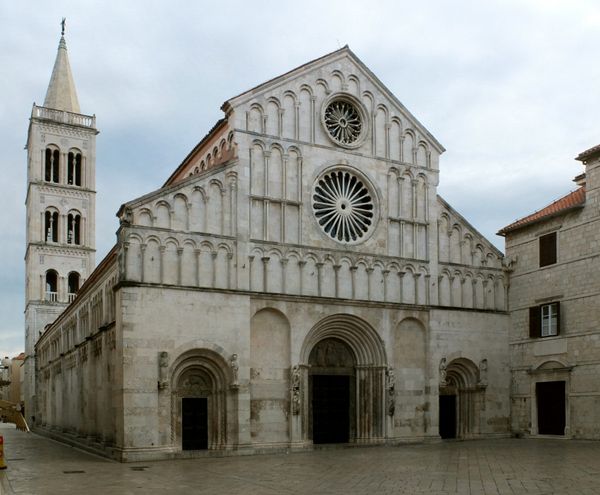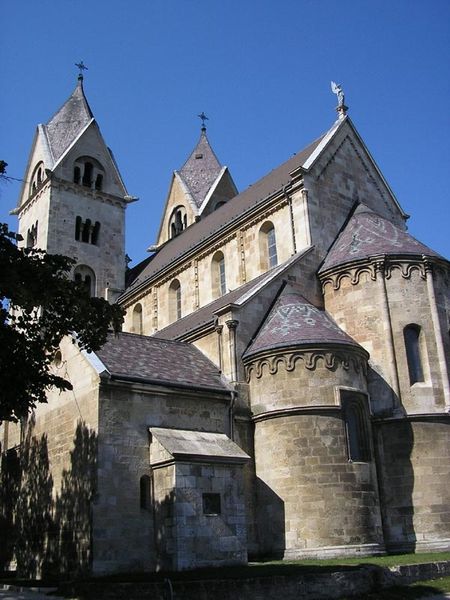
architecture
#
medieval
#
historic architecture
#
romanesque
#
architecture
Copyright: Public domain
Here, we see the southern entrance of Moissac Abbey in France, a magnificent example of Romanesque architecture, created around the 12th century. The structure is immediately striking for its composition of contrasting textures and forms. The rough, grey stone of the entrance starkly contrasts with the smooth, red brick of the upper sections and tower. This juxtaposition creates a visual dialogue between the earthly and the divine, reflecting the Romanesque period's emphasis on both the spiritual and material worlds. Consider how the rounded arches, a hallmark of Romanesque style, create a sense of enclosure and stability, while the towering height evokes a feeling of awe and spiritual aspiration. The facade is not merely a surface but a complex interplay of semiotic elements that communicate power, faith, and the intricate relationship between humanity and the cosmos. Note how the formal qualities of the architecture underscore a broader cultural discourse about the relationship between earthly existence and divine order. This entrance stands as a testament to the enduring power of architecture to embody and communicate profound ideas.
Comments
No comments
Be the first to comment and join the conversation on the ultimate creative platform.
